
Compilation copyright 2015 by Allan Badiner and Alex Grey
Text and art copyright by individual authors
Preface 2015 by Huston Smith
Foreword 2015 by Stephen Batchelor
All rights reserved.
No part of this publication may be reproduced, stored in any retrieval system, or transmitted, in any form or by any means, electronic, mechanical, photo-copying, recording, or otherwise without the prior permission of the publisher, except for the quotation of brief passages in reviews.
Published by Synergetic Press
1 Bluebird Court, Santa Fe, NM 87508
24 Old Gloucester St. London, WC1N 3AL England
Library of Congress Cataloging-in-Publication Data
Zig Zag Zen: Buddhism and psychedelics. -- New Edition.
pages cm
Includes bibliographical references.
Drugs--Religious aspects--Buddhism. 2. Hallucinogenic drugs and religious experience. I. Badiner, Allan. II. Grey, Alex.
BQ4570.D78Z55 2015 2014049993
294.3442--dc23
Cover and book design by Ann Lowe
In-house editor: Linda Sperling
Printed by Friesens in Canada
This book was printed on FSC certified 70# Sterling Ultra Matte
Typeface: Garage Gothic and Adobe Garamond Pro
CONTENTS
ACKNOWLEDGEMENTS  Allan Badiner
Allan Badiner
I N GRATITUDE , I offer this book to all Buddhas and Bodhisattvas throughout space and time. May it shed some measure of light on the relationship between the mystical wisdom of the Buddha and the wisdom of mystical plants.
Kindest thanks to Synergetic Press, and specifically Deborah Parrish Snyder and Johnny Dolphin, as well as Linda Sperling, Ann Lowe, Debbie McFarland, Mitch Mignano, Stephanie Joelle Smolarski, and Gregg Weiss. I remain indebted to Nion McEvoy for publishing the original Zig Zag Zen at Chronicle Press, and the great team there, notably Alan Rapp and Sara Schneider.
Many of the essays found in this book were previously published in the fall of 1996 issue of Tricycle: the Buddhist Review and much appreciation and thanks go to the founding editor Helen Tworkov. The possibility of this book began with her daring to be dedicated to a truthful inquiry into this controversial confluence of subjects.
The contributors of essays, the artists and the interviewees, are my real heroes and heroinesit is they who gave kindly and generously of themselves without reward, for which I will be endlessly in their debt. So many people contributed in a multitude of ways to the creation of this book, and while space does not allow for the full thanks they are entitled to, certain individuals must be acknowledged for their help and support, and they include Stephen Batchelor, Rick Doblin, Omar Fayed, Mark Epstein, Mitchell Albert, Dan Goleman, Sharon Salzberg, Gary Snyder, Brother David Steindl-Rast, Jack Kornfield, and Robert Thurman.
Deep thanks must go to my agent Suresh Ariaratnam.
Thich Nhat Hanh and Sister Chan Khong always deserve my greatest gratitude for many years of inspiration, mindfulness training, and for our pilgrimages together to India, China, Japan, and Vietnam.
Alex Grey has my undying gratefulness for bringing such beauty, refinement, and visual intelligence to this endeavor.
India, my loving daughter, inspired me throughout the process and Im lucky to be her father. It is for her, and future generations, that I have undertaken this project.
Finally, I wish to dedicate this book to the memory of four great beings without whose friendship and guidance Zig Zag Zen may not have been a reality: Rick Fields, Terence McKenna, Venerable Dr. Havanpola Ratanasara, and Sasha Shulgin. May this effort be worthy of their memory.
Big Sur, 2014
ACKNOWLEDGEMENTS  Alex Grey
Alex Grey
T HANKS TO MY DEAR FRIEND Allan Badiner for bringing me on board the Zig Zag Zen project. A deep bow of gratitude to all the brave artists and authors willing to bring Dharma and psychedelics together in their work and much appreciation for their participating in Zig Zag Zen .
Brooklyn 2014
FOREWORD  Stephen Batchelor
Stephen Batchelor
I T IS UNDENIABLE that a significant proportion of those drawn to Buddhism and other Eastern traditions in the 1960s (including the present writer) were influenced in their choice of religious orientation by experiences induced by psychoactive substances such as cannabis and LSD. Despite the fact that experimentation with such drugs was illegal, potentially dangerous and unmonitored, the startling shift in consciousness it occasionally provoked was considered to be worth the risks involved. Now, thirty years later, many of these Buddhists are priests, meditation teachers, therapists, college professors, and writers: respected members of the very society against which they rebelled in their youth. Yet although they often eschew the use of psychedelics themselves and warn others of the dangers of abuse, few would deny the role of these substances in opening their eyes to a life of spiritual and religious meaning.
The connection between drug use and spirituality is not, however, limited to the experience of a few aging hippies. The ritualized use of drugs is still practiced among sadhus and shamans of traditional cultures from India to Peru. The current use of drugs such as MDMA (Molly)originally popular at clubs and raves, but now in numerous shared settingsis likewise associated with heightened states of individual consciousness as well as with the forging of a deep ecstatic bond between participants. Language and symbols borrowed from Asian and indigenous American sacred traditions permeate the literature, lyrics, and imagery of underground dance culture, as much asor even more thanthey did in the festivals and happenings of the 1960s.
It is all too easy either to dismiss claims of spiritual significance for drugs as thinly veiled justifications for hedonistic indulgence, or to invoke the tragic consequences of heedless excess as grounds for denying the validity of any drug-induced experience at all. In so doing, one fails to recognize the spiritual aspirations of people who are seeking expression and fulfillment in this way. One likewise ignores the harsh fact that Western societies have lost the ability to address the religious feelings of a considerable segment of their youth.
In swinging between liberal tolerance one moment and outraged repression the next, modern societies seem chronically incapable of reaching consistent attitudes about drugs. Consider, for example, the double standard applied to the achievement of physical, as opposed to cultural, excellence. While a sportsman will have his Olympic medals revoked for using drugs that enhance his performance, a musician would not be stripped of her Grammy awards if it turned out that her songs were composed and played under the influence of an illegal substance. Why are regulations imposed on the behavior of one but not the other? Why should the athlete be punished, but the artist not?
When the broad culture sends out such contradictory messages about drugs, to who can people turn for informed and sympathetic guidance? If drug use can be linked to spiritual issues, then surely such guidance would be forthcoming from religious leaders. Yet the spokesmen and women of the mainstream denominations seem to have little to say on the subject beyond pious encouragement to abstinence. Traditional schools of Buddhism are no exception. The five lay precepts, which are considered the foundation of ethical behavior, list the taking of intoxicating drugs along with killing, sexual misconduct, theft, and lying as something every good Buddhist is expected to relinquish. Although certain ecstatic Zen masters and Tantric yogins may be deemed sufficiently awakened to be exempt from strict adherence to this precept, there is no discussion about the role that drug use might play in propelling someone onto the path in the first place.
Next page


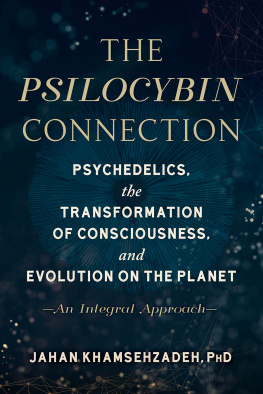
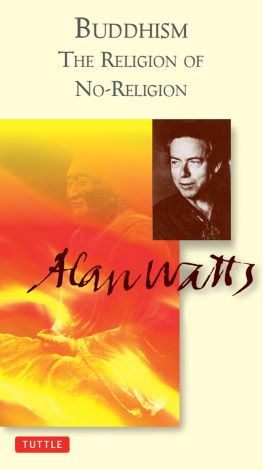
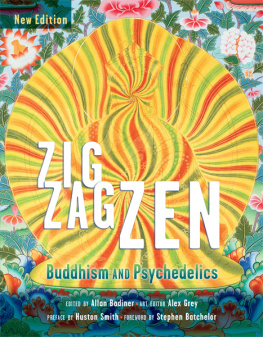
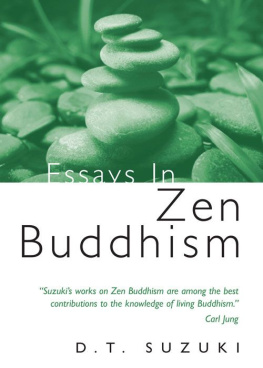
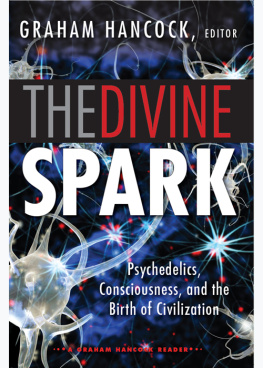
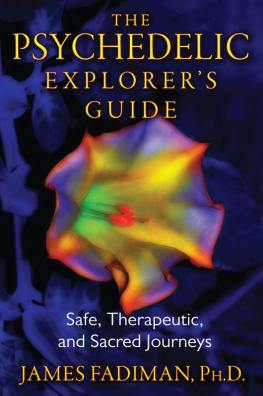

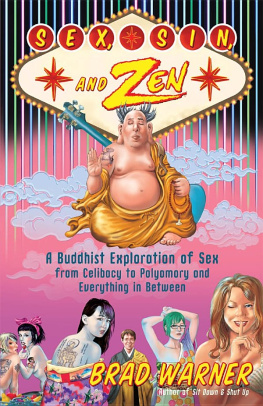
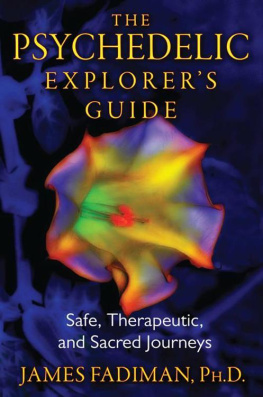

 Allan Badiner
Allan Badiner